Every time you pick up a new prescription, you get a small paper insert - the medication guide. Most people toss it in the drawer without reading it. But that guide holds critical information that could save your life or someone else’s - especially when it comes to overdose warnings and antidotes.
Why Medication Guides Matter
Medication guides aren’t just paperwork. They’re required by the FDA for drugs with serious risks, including opioids, benzodiazepines, and certain antidepressants. These guides are written in plain language so you can understand what to watch for, what to avoid, and what to do if something goes wrong.
Overdose isn’t always obvious. Someone might feel drowsy after taking their pill - and assume it’s normal. But if they’re on a medication with a narrow safety margin, that drowsiness could be the first sign of something dangerous. The guide tells you exactly what’s too much and what to do next.
Where to Find Overdose Warnings
Look for three key sections in the medication guide:
- Boxed Warning - This is the FDA’s strongest alert. It’s at the top of the guide, in a thick border. If your drug has one, it means serious harm or death is possible if used incorrectly. Opioids like oxycodone or fentanyl almost always have this.
- Warnings and Precautions - This section lists specific risks. Look for phrases like “risk of respiratory depression,” “fatal overdose with alcohol,” or “do not exceed 40 mg per day.” These aren’t vague suggestions - they’re hard limits.
- Overdosage - This is the section you need most. It doesn’t just say “don’t take too much.” It tells you what happens if you do. For example, a guide for tramadol might say: “Overdose may cause seizures, slowed breathing, or loss of consciousness. Seek emergency help immediately.”
Don’t skip the Overdosage section just because it sounds scary. It’s there to help you act fast. If you know what symptoms to watch for, you won’t wait too long to call 911.
How to Spot Antidotes in the Guide
An antidote is a medicine that reverses the effects of an overdose. Not all drugs have one - but the ones that do will tell you clearly in the Overdosage section.
For example:
- Opioids - The guide will say: “Naloxone may be used to reverse respiratory depression.” It might even list the dosage: “Naloxone 0.4 mg IV or 2 mg intranasal.”
- Benzodiazepines - You’ll see: “Flumazenil may be used in a hospital setting to reverse sedation.”
- Acetaminophen - It will say: “N-acetylcysteine (NAC) is the specific antidote for overdose.”
Knowing the antidote name is only half the battle. The guide will also tell you whether it’s available over the counter (like naloxone) or only given in a hospital. That matters. If your guide says naloxone is the antidote, and you live alone or care for someone at risk, you should have it on hand.
What the Numbers Mean
Medication guides often include specific overdose thresholds. Don’t ignore them.
For example:
- “Fatal overdose reported at doses greater than 10 grams of acetaminophen in adults.”
- “Single doses greater than 20 mg of oxycodone may cause respiratory arrest.”
- “Over 100 mg of tramadol increases seizure risk significantly.”
These aren’t random numbers. They’re based on real cases. If you’re taking more than the prescribed dose - even by accident - you’re entering dangerous territory. The guide is telling you: stop.

Red Flags to Watch For
Some medication guides include warnings that aren’t obvious unless you know what to look for:
- “Concomitant use with alcohol or other CNS depressants may result in death.” - This means mixing your pill with wine, sleep aids, or even some cold medicines can be deadly.
- “Do not crush, chew, or break extended-release tablets.” - Breaking these releases the whole dose at once. That’s an overdose waiting to happen.
- “Risk of overdose increases with age, liver disease, or kidney impairment.” - If you or a loved one has health conditions, this changes the safe dose.
If your guide says any of these, talk to your pharmacist. They can explain how it applies to you.
What to Do If You Suspect an Overdose
The guide won’t give you step-by-step first aid - that’s not its job. But it tells you what to look for. Combine that with this:
- Check for unresponsiveness - can they wake up?
- Look for slow or shallow breathing - fewer than 8 breaths per minute.
- Check for blue lips or fingernails - a sign of low oxygen.
- Look for pinpoint pupils - a classic sign of opioid overdose.
If you see these signs, call 911 immediately. If you have naloxone, use it. Don’t wait. Even if you’re not sure, use it. Naloxone won’t harm someone who didn’t take opioids.
Many medication guides now say: “Naloxone is available without a prescription in all 50 states.” That’s not a footnote - it’s your lifeline.
How to Keep the Guide Useful
Don’t just read it once. Keep it where you can find it:
- Store it with the medication - in the original bottle or a pill organizer with a label.
- Take a photo of the Overdosage and Antidote sections on your phone.
- Share the key points with a family member or roommate - especially if you live alone.
- Review it every time you refill the prescription - warnings can change.
Some people think, “I know my meds. I don’t need the guide.” But drugs change. Doses change. New warnings get added. The guide is updated regularly. What was safe last year might not be safe today.
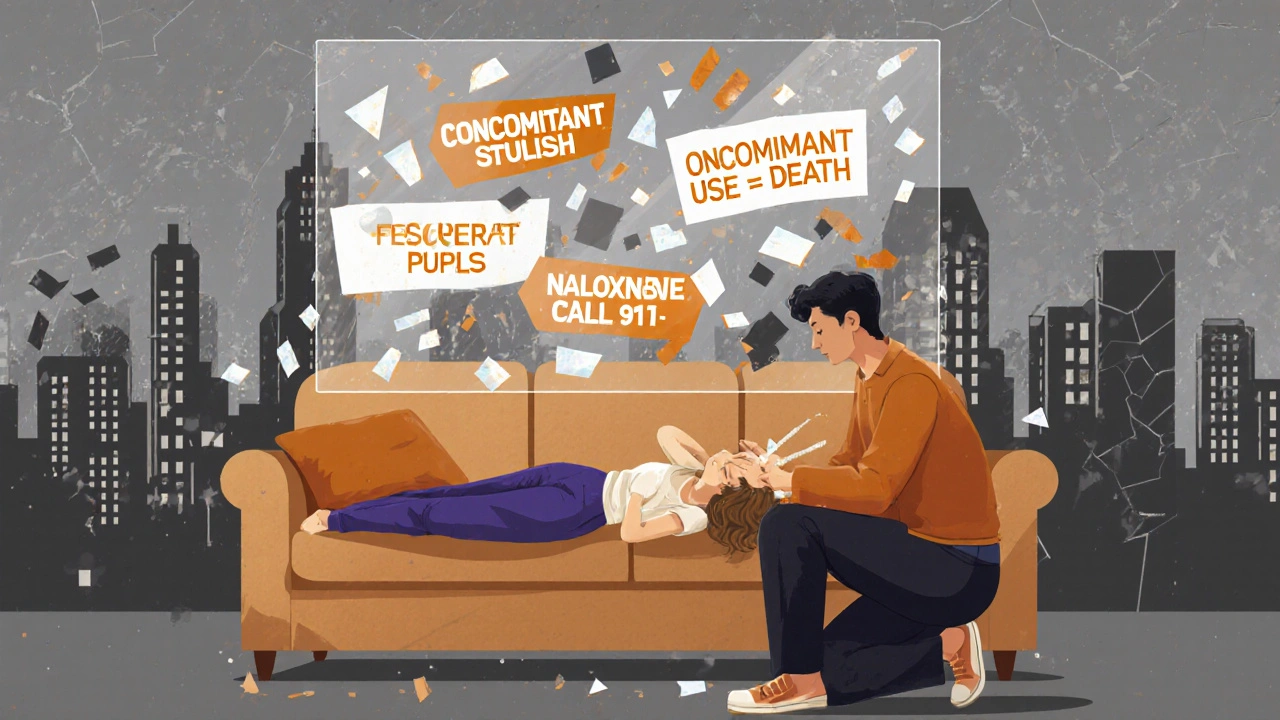
When to Ask for Help
If you can’t understand the guide, don’t guess. Call your pharmacist. They’re trained to explain this stuff. Or ask your doctor during your next visit. Say: “Can you walk me through the overdose warnings and antidote info in this guide?”
You don’t need to be a doctor to understand this. You just need to care enough to look.
Real-Life Example
One woman in Seattle took her prescribed oxycodone as directed. But she also took a sleep aid her doctor didn’t know about. The next morning, her husband found her unresponsive. Her medication guide said: “Fatal overdose possible with concomitant use of CNS depressants.” She had read it once - but forgot.
Her husband had kept a naloxone kit in the bathroom, because he’d read the guide too. He gave her one dose. She woke up within minutes. She’s alive because she had the guide - and he knew what to do.
That’s not luck. That’s knowing where to look.
What should I do if I can’t find the overdose section in my medication guide?
If you don’t see an Overdosage section, your medication may not carry a high risk of overdose - but that doesn’t mean it’s safe to misuse. Contact your pharmacist or check the FDA’s website for the full prescribing information. Some guides are printed differently depending on the pharmacy, so ask for a printed copy if yours is missing.
Is naloxone always listed as the antidote in opioid guides?
Yes - for all FDA-approved opioid medications, naloxone is the only antidote listed. It’s the standard. If your guide doesn’t mention it, it’s either outdated or incomplete. Ask your pharmacist for the most current version. Naloxone is now available over the counter at most pharmacies without a prescription.
Can I rely on the medication guide instead of talking to my doctor?
The guide is a tool, not a replacement for medical advice. It gives you facts, but your doctor knows your health history. If the guide says “avoid alcohol,” and you drink regularly, talk to your doctor about whether you need a different medication. Never assume the guide covers everything - it’s meant to be read with professional guidance.
Why do some medication guides say “antidote may be used in hospital only”?
Some antidotes, like flumazenil for benzodiazepine overdose, require IV administration and monitoring. They’re not safe to use at home. The guide is telling you: call 911, don’t try to treat this yourself. That’s not a delay - it’s safety. Emergency responders are trained to give these drugs properly.
Do over-the-counter drugs have medication guides with overdose info?
Most don’t. But acetaminophen (Tylenol) is a major exception - it has a mandatory guide because liver damage from overdose is common. Always read the label on OTC drugs, even if there’s no separate guide. The maximum daily dose is printed right on the bottle. Exceeding it can kill you.
Final Thought
Medication guides are designed to be read before something goes wrong - not after. The difference between reading it once and reading it well could be life or death. Keep it. Know it. Share it. You’re not just following rules. You’re protecting yourself and the people who depend on you.

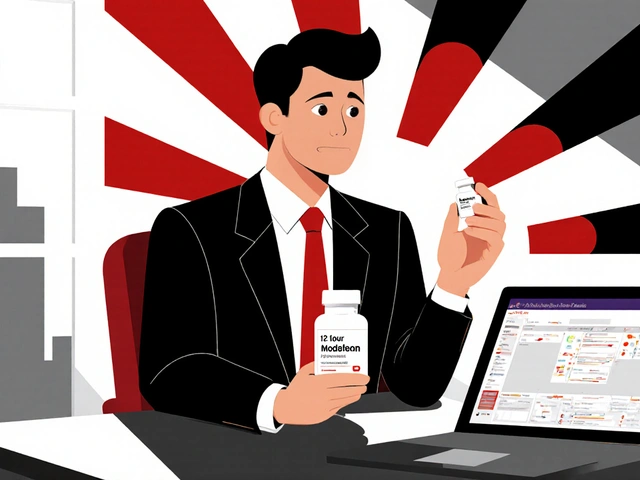
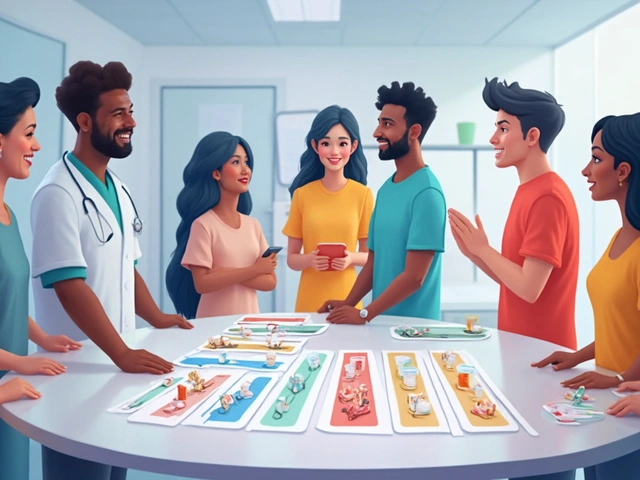
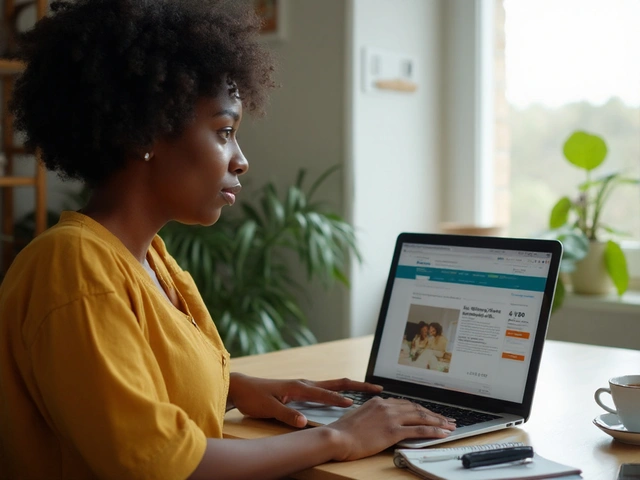
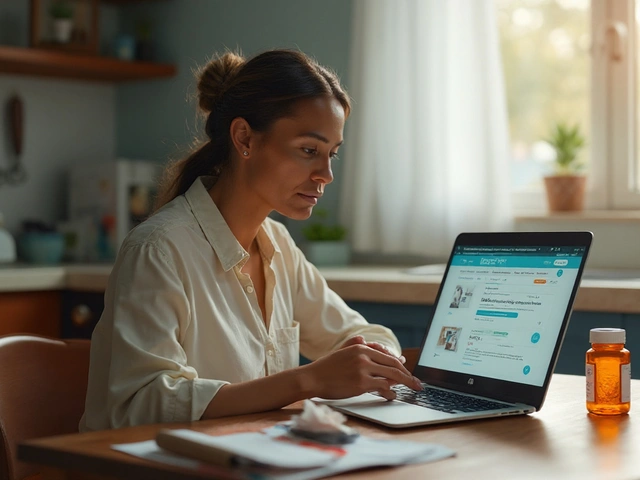
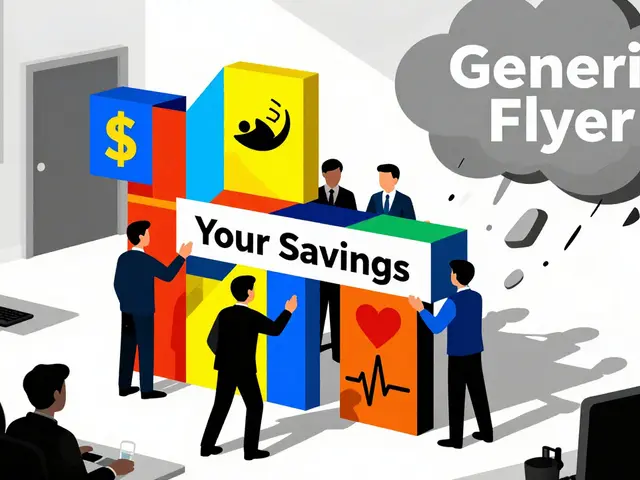
Honestly? I threw mine away last time. Thought it was just legal junk. Now I’m kinda mad I didn’t read it.
November 14Victoria Short